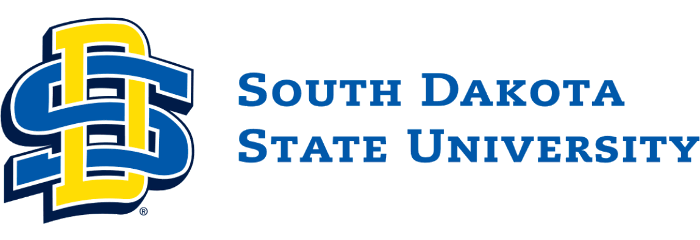


Recently, Columbus played host to Dr. Dwayne Beck from South Dakota State University and Dr. Daren Redfearn of University of Nebraska-Lincoln. I wanted to summarize the key points and give everyone a few thinks to consider as we move through winter.
Dr. Beck kicked things off for us and gave the audience and overview on soil. How soils are dynamic, changeable, and essential to agriculture production. Beck, focuses on making farming about the ecosystem in which the crops are raised. We can break down the idea of ecosystem management into four main points:
- Water ( take the E out of ET (Evapotranspiration) manage the water holding capacity of the soil)
- Energy flow ( managing residue and cover crop biomass is crucial to managing energy balance)
- Mineral cycles (when are nutrients available and when do the crops utilize nutrients)
- Community dynamics (crop rotation, diversity, weather relations, farming practices, etc..)
With these four points in mind, producing a plan that balances and adapts to producers will be crucial.
Diversity was heavily stressed throughout the presentation and is represented in the community dynamics idea. Crop rotation, seeding date, rooting pattern, residue type, insects, and pests all feed into diversity within cropping systems. With this in mind determining crop rotations is one of the most difficult decisions a producer can make.
Crop Rotation: Gut Check Questions
- What is your goal? (Break crop disease cycle, improve water holding capacity of soil, increase yield, increase sustainability on your acres, etc.) It is important to determine your why on your acres.
- What do you need/want on your farm? (Straw production, more grazing opportunities, less nutrient costs, etc.) Determining your needs/wants can be done on an acre by acre basis, farm by farm, or by identifying problem fields.
- How are you going utilize the crops in the proposed rotation? Are all the crops in rotation a cash crop or will they add other value to your farm?
- Is this logistically possible? (Financial, equipment, land, utilization, and need)
When thinking about rotations and including diversity, the big take home starts at home. Identifying your needs and your farm’s needs are crucial to developing a program that is right for your acres. Obviously, more crops in the rotation is the best case scenario, but not always feasible for a number of reasons. Dwayne has a host of resources available online and multiple YouTube videos of recorded presentations/videos that are entertaining and educational. These videos has similar content from what was presented in Columbus https://www.youtube.com/watch?v=4m2ukTxaHek and https://www.youtube.com/watch?v=k18rQderghc.
You can check out his webpage here http://www.dakotalakes.com/ to learn more.
The panel of producers that we hosted, did an excellent job and provided valuable information to other producers. The take home message was start small and ask questions. Our panel was composed of producers focused on improving soil conditions and profitability on their acres. They all echoed the idea of thinking about your rotations and that cover crops require management, but did not overrun their lives.
Dr. Daren Redfearn moderated the panel along with Mariah Woolsoncroft (UNL Beef Educator). Daren provided Nebraska specific remarks in the afternoon. The biggest take away, was that planting date was the most important factor for raising cover crops, later planting caused reduced growth overall. October 1st was the key date, on or before this date was ideal to get maximum stand and spring growth. As Daren transitioned into the relationship between soil, grazing, and residue he debunked three concerns when grazing stalks.
- Soil compaction when grazing corn stalks, no effect on the porosity of soil.
- Fertility no effect on nutrient levels, however there was an increase soil microbial communities.
- Crop yield, no effect or slight improvement in yields.
For more information check out these publications on CropWatch.
https://cropwatch.unl.edu/2019/cover-crop-grazing-impacts-soils-and-crop-yields https://cropwatch.unl.edu/2019/cover-crops-benefit-nebraska-agroecosystems-many-ways
You can also check Daren out on twitter @UNLRangeForage or email him at dredfearn2@UNL.edu.
Daren and Dwayne finished the day answering questions and talking with producers. The day ended with the ecosystem management concept that was presented by Dr. Beck. Thinking deeply about how we manage resources will continue to be at the heart of developing agriculture. Dr. Beck left our producers with a simple but powerful charge, “As citizens of Nebraska, you need to decide what you would like agriculture to look like in the future.”